|
Over the next two weeks we're taking a break from releasing new material. This gives you time to catch up on any stories or blogs you have missed and the project team the opportunity to prepare for our upcoming Our Histories Revealed exhibition at the East Riding Treasure House which will run from 5 May to 30 June 2018. We would also like to remind you that during our exhibition we have organised three events:
Please contact the East Riding Treasure House in advance if you would like to attend any of the paid events. Richard’s mask We love it when people are inspired by our project to get creative. Richard Weeks has made the cast of his face into a fantastic piece of art. His original alongside others will be displayed in the East Riding Treasure House Exhibition if you missed them at the Hull History Centre last year. Dates for your diary
0 Comments
In November 2017 we released a story about Carlos Trower and his performances in Hull and East Yorkshire. As a result, last month we were contacted by Ron Howard, who has been trying to retrace his family tree and find out more about the men who used the show name ‘The African Blondin.’ In our original piece (which can be read here) we alluded to the difficulty of tracing the life of the famous tightrope walker as there appeared to be more than one Carlos Trower and thus more than one African Blondin. Below is Ron’s account of the nineteenth century legend who remains an enigma and his struggles in finding out about his Great Grandfather. Was Carlos Trower the only African Blondin or were there two or three relatives sharing a similar name clouding my research? My Great Grandfather Carlos L. Trower who married Annie Frances Emmett in Barnstaple Devon in 1875 is the focus of my narrative. [1] My interest in Family History began on the death of my Grandmother Gyneeta Caledonia Howard nee Trower in 1968. Her possessions included a framed picture of a slight man of African descent on a tightrope, the rope was fixed to the wall of a tower. Spectators included an attentive lady, two young girls sitting on the wall and a few watchful men. To complete the picture a wagon stood at the tower entrance. This picture was the catalyst for my lifetime passion to confirm the truth regarding the Carlos story. Frequent visits to the Family Records Centre in London soon showed promising results confirming that my maternal line originated in Speeton, Yorkshire with my Great Grandfather Martin Luther. His father, Martin Collingwood Luther was born in Maryland USA in 1804. My Paternal side including Gyneeta, confirmed that my Great Grandmother Annie Frances Emmett married Carlos in the Barnstaple Parish Church in 1875. Carlos was a 25-year-old bachelor who was working as a travelling acrobat. It is likely that he had learned his skills from his father Charles Trower, who was also a travelling acrobat. Carlos was shown in the 1881 census as being born in New York City in 1850. My correspondence to American Circus organisations offered polite but negative responses. However, my luck changed within a few weeks when I received confirmation from The American Library of Congress that Carlos known as ‘The African Blondin’ died in London in 1889 following a long and painful illness. A new lead that Carlos had a professional name gave me the encouragement to widen my search. I visited the Newspaper Archives in Colindale, North West London. However, this proved to be a fruitless visit. However, I was rewarded when the archives were downloaded on a computer. On searching “African Blondin” I was staggered with the final count, over the next three days I copied each one. When I eventually entered my findings on a PC file called the Carlos Chronicle, it occupied over seventy pages. A Trower family contact gave me yet another source, The Brooklyn Daily Eagle that detailed even more articles of Carlos’s New York City appearances. The internet was to become my main source, hungry for facts I entered my favourite phrase “African Blondin” it mentioned Rosherville Gardens a nineteenth century pleasure garden in Gravesend. Eager to find out more, Rose (my wife) and I visited the Gravesend Local History department the next day. I could not control my excitement when the curator opened a book called “Gravesend in Old Photographs” and turned to page 47 where it showed a photograph of ‘The African Blondin,’ a replica of my Grandmother’s photograph but showing a different of tightrope walker, a midlife well-built Black man in a traditional tightrope pose. My Brooklyn Eagle research was about to add to my excitement. A Joseph Augustus Trower brother (not sure if was a relation or this was a show name) of Carlos Trower managed the Grand Union Celebration of the British West India Islands over many years. [2] Unfortunately my US research has not helped in finding any personal Carlos details other than his Grand Celebration appearances and a proposed performance trip to Connecticut with Joseph. The family research website Ancestry reveals that there was another Carlos L. Trower who married Myra Clay in Longton Staffordshire 1864, yet another tightrope walker, is he my Great Grandfather? Or was my Carlos his son or close relation? In my opinion there were two African Blondin’s sharing performances. Myra was recorded as living at 67 Mill Street, North Myton, Kingston upon Hull with her son Carlos in the 1871 census. Carlos it would appear, was not at the same address. He almost lost his life when falling badly at Beverley in 1868. In great agony he was carried to his lodgings with a broken arm and wrist. However, two months later he was yet again performing in Beverley. An interesting chapter “The African Blondin” in the book “Stanley’s Summer Visit” published 1882 mentions “the abundance of black dull hair the man had no Negro skin, his complexion being a copper yellow and his eyes being soft, brown and luminous like those of a deer” this contradicts an earlier description in an article describing Carlos being “a real Negro.” Does this reveal that there were two African Blondin’s? The African Stories in Hull and East Yorkshire project has demonstrated multiple lion tamers used the same show names so tracing their lives and true identities are difficult (read the story of lion tamers in Hull and East Yorkshire). In conclusion my quest is far from over, I am aware of my limited expert knowledge, but it is beyond doubt that the Carlos who married Annie Frances Emmett was an African Blondin performer and is my Great Grandfather. However, it is still unclear if I am related to the Carlos L. Trower who married Myra Clay and had a son Carlos who lived in Hull. Footnotes
Written by Adrian Burrows and researched by John Rodgers.
Although very much the poor relation for professional sport in Hull, when compared to football and rugby league there have been several professional fixtures played in the region which have featured players of African heritage. These games were played at The Circle, Anlaby Road, a ground now more familiarly known as the KCOM stadium home to Hull City and Hull FC.
Professional cricket was played at the ground between 1899 and 1990 and was used by Yorkshire County Cricket Club as one of its home venues. The county operated a very strict policy of selecting Yorkshire born players and only relaxed the rules to allow cricketers born outside of the county to play in 1992 when Sachin Tendulkar, the 19-year-old Indian test player, became the first overseas player to join the county. A year later, Yorkshire signed Richie Richardson, the then West Indies captain, as an overseas player - but were no longer playing at the Circle at this time.
The second player to appear was Barbados born, Keith Boyce who represented Essex in a 3-day county championship match in August 1971. Boyce played 21 times for the West Indies, touring England in 1973 and 1975 and was part of the successful West Indian side that won the inaugural World Cup in 1975.
One other game of note that was organised by Sir Roy Marshall (read our feature on Roy), the Vice-Chancellor of the University of Hull was between Yorkshire and the touring West Indian cricket team as part of the 1983 events in Hull to mark the 150th anniversary of the abolition of slavery in the British Empire. The game also served as a warm-up for the West Indies ahead of that year’s World Cup held in England. In the event because the proposed Yorkshire side included Geoffrey Boycott and Arnie Sidebottom, two players who had participated in an unauthorised tour of apartheid era South Africa, the West Indies refused to play the game and it had to be cancelled.
Picture Blog #9: "Uncle Tom" c. 1870-1910 In July 2017 we released a picture blog which focused on the above sepia photograph of a Black gentleman with the caption "Uncle Tom" printed at the bottom (read our original blog post). We sadly concluded that although this image was part of the Hull Museum's collections and handwriting on the back mentioned Hessle Road, the image raised more questions than answers and without knowing more information it would be difficult to conduct additional research. However, last month we were unexpectedly contacted by a lady in America who identified the man as Josiah Henson, who it is believed was the inspiration for the title character of Harriet Beecher Stowe's 1852 novel, Uncle Tom's Cabin. Further research has revealed that Josiah Henson was an African American slave born on 15 June 1789 in Charles Country, Maryland. [1] He had a torturous life enslaved in America and in 1828 tried to buy his freedom, but his master Isaac Riley cheated Henson of this 'privilege' by changing documentation to ensure that the cost was more than the African American could afford. However, in 1830 Henson escaped to Canada his wife Nancy and four children where they regained their freedom. [2] In Canada, Henson founded a settlement and labourer's school for fugitive slaves at Dawn, Kent Country, Upper Canada and became a Methodist preacher. [3] Henson travelled to Britain in 1851 to raise money for the educational institution collecting approximately £1000. [4] Unfortunately, there is no evidence he came to Hull on this visit. In 1876, he travelled to across the Atlantic once again, this time to raise money for the Wilberforce Educational Institute at Chatham, Ontario which opened in 1873 after the Nezrey Institute and British American Institute in the Dawn Settlement had merged. [5] This facility was for the benefit of children of African descent. [6] It was reported in the Hull Packet that at the age of 87 years old, Josiah Henson had arrived in Britain for another visit of the country. [7] Henson travelled extensively giving lectures in London in September and November then Canterbury and Nottingham in December 1876. [8] In January 1877, he spoke to audiences in Loughborough and then Sheffield. [9] Henson went on to give talks in Scotland between February to April he taking a very short break in March to meet the Queen at Windsor Castle. [10] Henson then made his way from Scotland to Liverpool to board the China steam ship on 27 April 1877 to return to Canada. [11] Although the educational facility he was collecting funds for was named after William Wilberforce and he toured Britain extensively, there is no evidence to suggest that Josiah Henson visited Hull or East Yorkshire. Thus, how Hull Museums came to have his photograph remains a mystery. Sadly, Henson died at the age of 93 in Dresden, Ontario on 5 May 1883. His life has been documented in three editions of his autobiography. The first, 'The Life of Josiah Henson, Formerly a Slave, Now an Inhabitant of Canada, as Narrated by Himself' was published in 1849. [12] Nine years later an extended version of the narrative of his life entitled 'Truth Stranger Than Fiction: Father Henson's Story of His Own Life.' [13] In 1876, after the clamour to know more about his life, Henson published an updated version of his life, Uncle Tom's Story of His Life from 1789 to 1875. [14] Shirley Bassey From the beginning of our project we have been repeatedly informed that Shirley Bassey performed in Hull, Bridlington and Scarborough in the 1950s and 1960s. [15] However, although people have generously come forward and shared their recollections of going to see the world-renowned performer, we have found it difficult to pin point when and where exactly Bassey performed. The only evidence we have found placing her in the East Yorkshire is a newspaper article that featured in The Stage advertising Bassey's performance with Ronnie Aldrich and the Squadronnaires at Scarborough's Flora Hall on 4 June 1960. [16] If you have any information, pictures or promotional material relating to Shirley Bassey in Hull or East Yorkshire please contact us. Holme-on-Spalding Moor Last week we released the story of James Clinton Jordan, an airman in the US Air Force (USAF) based at Holme-on-Spalding Moor. Last year we were notified that African American airmen were stationed in East Yorkshire in the 1950s. They travelled to Hull in their free time and enjoyed the array of entertainments in the city. However, we know very little about them. If you have any information or pictures of African American airmen in Hull and East Yorkshire, please contact us. Footnotes
|
Follow usArchives
April 2023
Categories
All
|
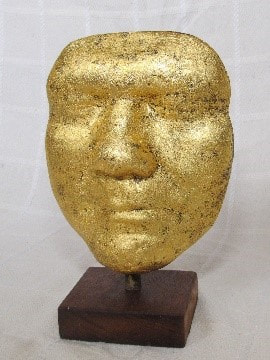
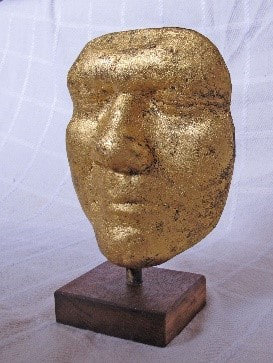
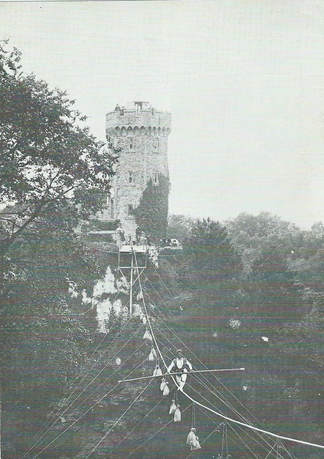
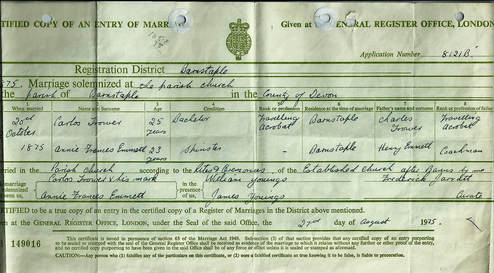
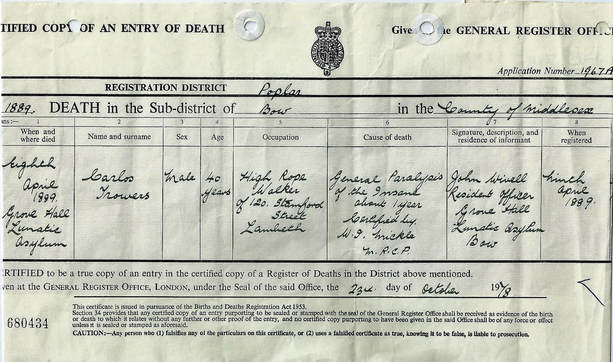
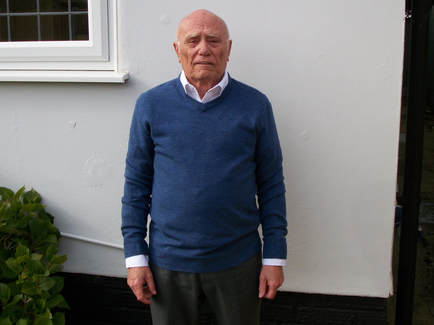
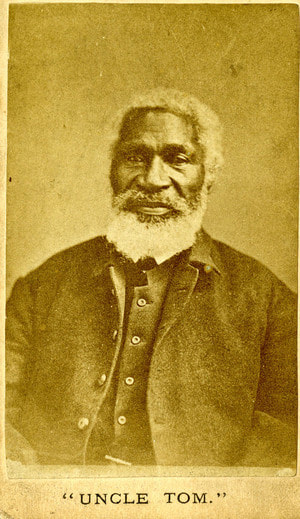
 RSS Feed
RSS Feed